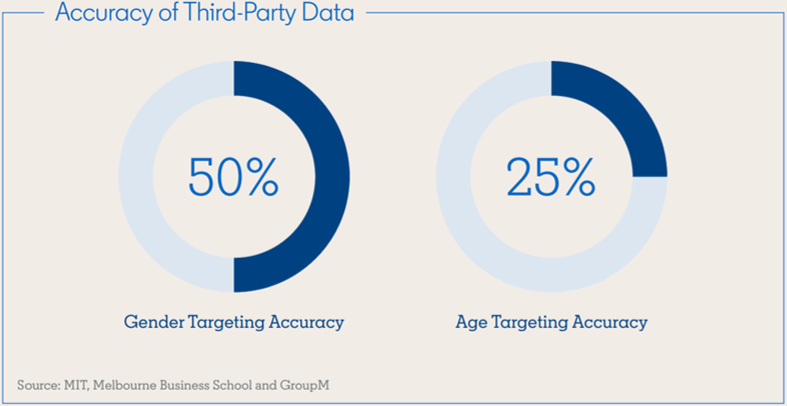It’s been over a year since Google announced plans to stop supporting third-party cookies in Chrome and last week they further clarified they wouldn’t simply replace them with another system of individual tracking. Instead, they’re working on a cohort system that groups profiles together to provide greater privacy, while, apparently, maintaining similar effectiveness. As Vox describes it:
That’s where Google’s Federated Learning of Cohorts (FLoC) comes in, which Google says is a “privacy-first” and “interest-based” advertising technology. With FLoC, Chrome will keep track of a user’s browsing habits across the web, and then place the user in various audiences, or “cohorts,” based on those habits. Advertisers will then target their ads to cohorts, rather than an individual user. So if you’re looking for a browser that doesn’t collect your data for ads — as an individual or as part of an anonymous audience — you might want to try a different one.
There’s no denying these are significant announcements in the digital marketing industry and will have an impact on strategies, targeting and measurement going forward. First-party data on platforms like YouTube, LinkedIn and Facebook will only increase in value, and a lot of cross-placement measurement like reach will become more difficult and directional.
But it’s not all bad news, because…
Third-party targeting isn’t very good, anyway
Sure, those bullseye audience segments look great on a sales proposal or media plan, but how often do they actually perform as expected? As our favourite advertising meme accounts like to remind us, they’re regularly oversold requiring creative ad operations in the back end to deliver in full. They struggle to scale and are expensive, often resulting in media that’s 2-5 times more expensive than similar tactics with broader targeting, which limits reach and can even spike acquisition costs.
It’s noteworthy that Google estimates the shift from individual to cohort targeting will be 95% as effective, which is being framed as a great success, but perhaps instead should be raising more eyebrows about the current system. If you look at your Google ad personalization, it gets a lot right, but starts to feel like astrology the further you scroll, as the buckets get broader and weirder. And I say that as a 35-44 year old male that is into bread-makers (?), tennis (??), cats (???) and microwaves (????). Targeting a niche segment in a small city may yield strong results, but the reported reach often doesn’t pass the sniff test – are there really that many people looking for BBQs in November? – suggesting these segments aren’t always baked with the freshest of data ingredients and some ad platforms just do a good job of prioritizing spend over accuracy and relevance.
LinkedIn, arguably the most targetable platform, makes a compelling argument for a shift from hyper to broader targeting, highlighting a study that demonstrates that the accuracy of some basic third-party segments, like age and gender, isn’t much better than a coin flip.

That paper is written against the backdrop of B2B marketing but has important lessons applicable to B2C, including avoiding focusing too much on individual decision-makers rather than larger buying committees. For B2B, there’s rarely a single person making a decision and instead several people influencing it along the way. The same logic applies to other audiences, where the decision of what brand to buy or restaurant to visit extends far beyond the name on the credit card, and the 25+ grilled cheese crusts I consumed in 2020 are testament to that.
Put simply, you’re often better off to hit a larger audience more cost efficiently and accept an increased amount of wastage. There’s a good chance more bullseye targeting will miss a big chunk of your target audience and if you don’t reach them, you can’t influence them.
